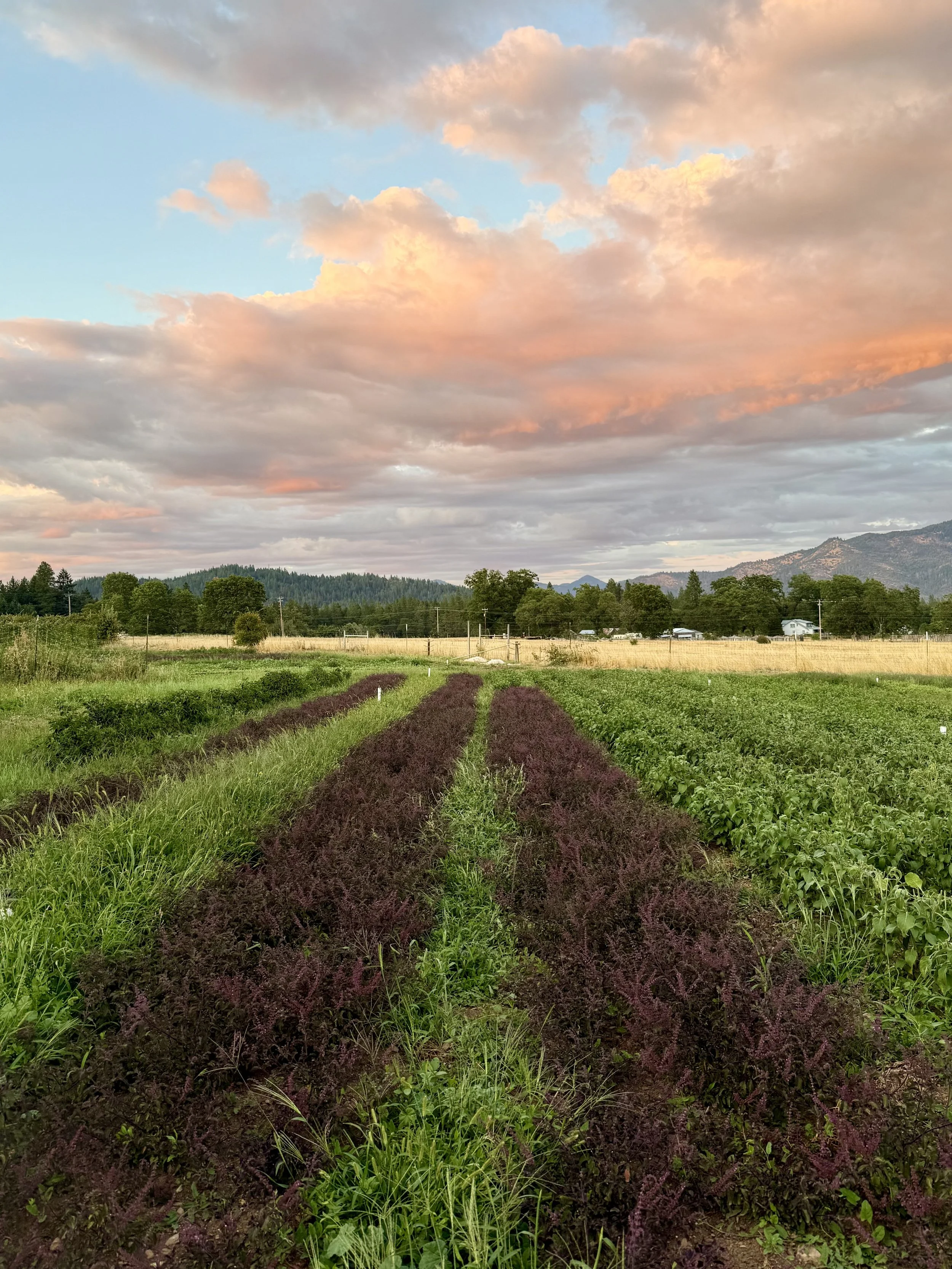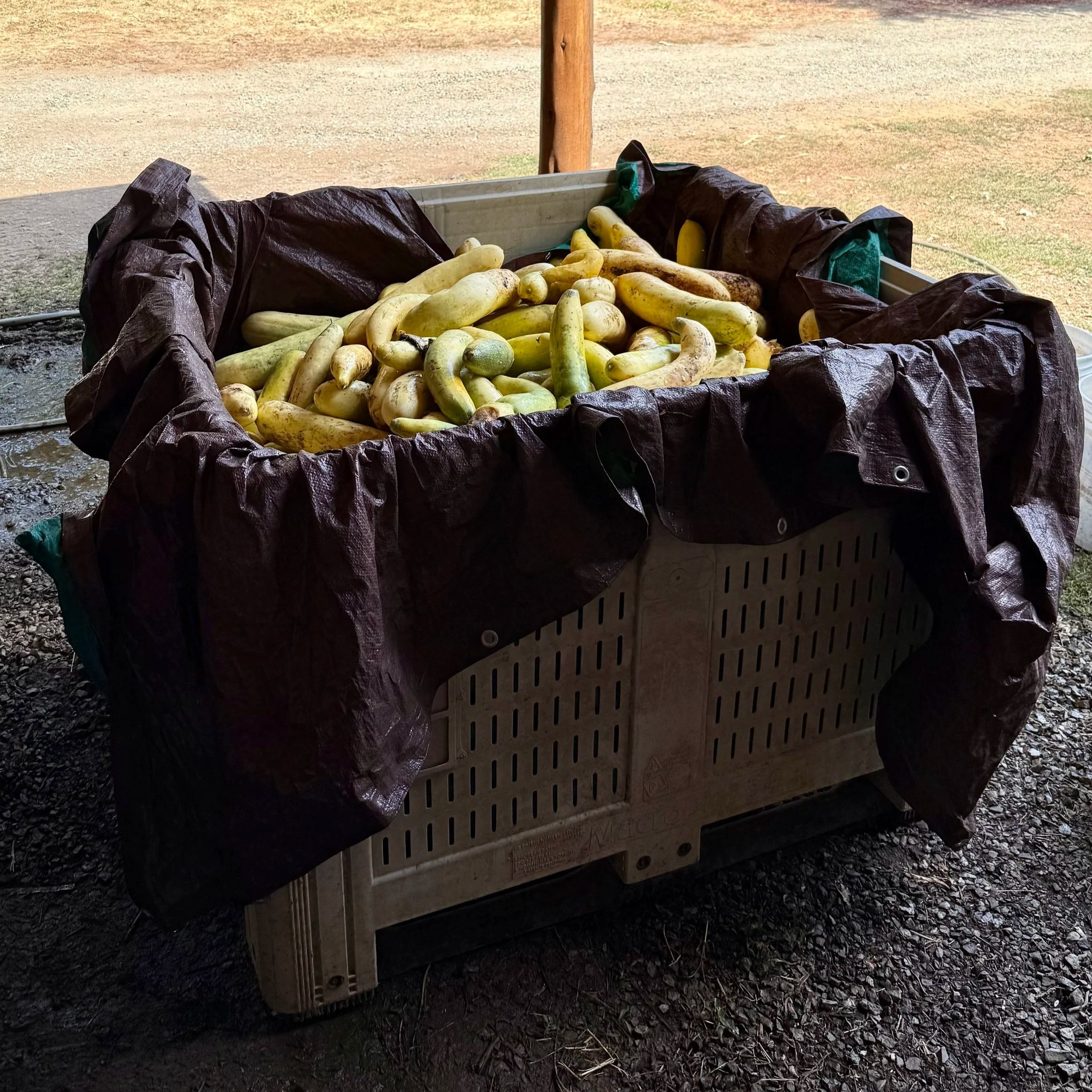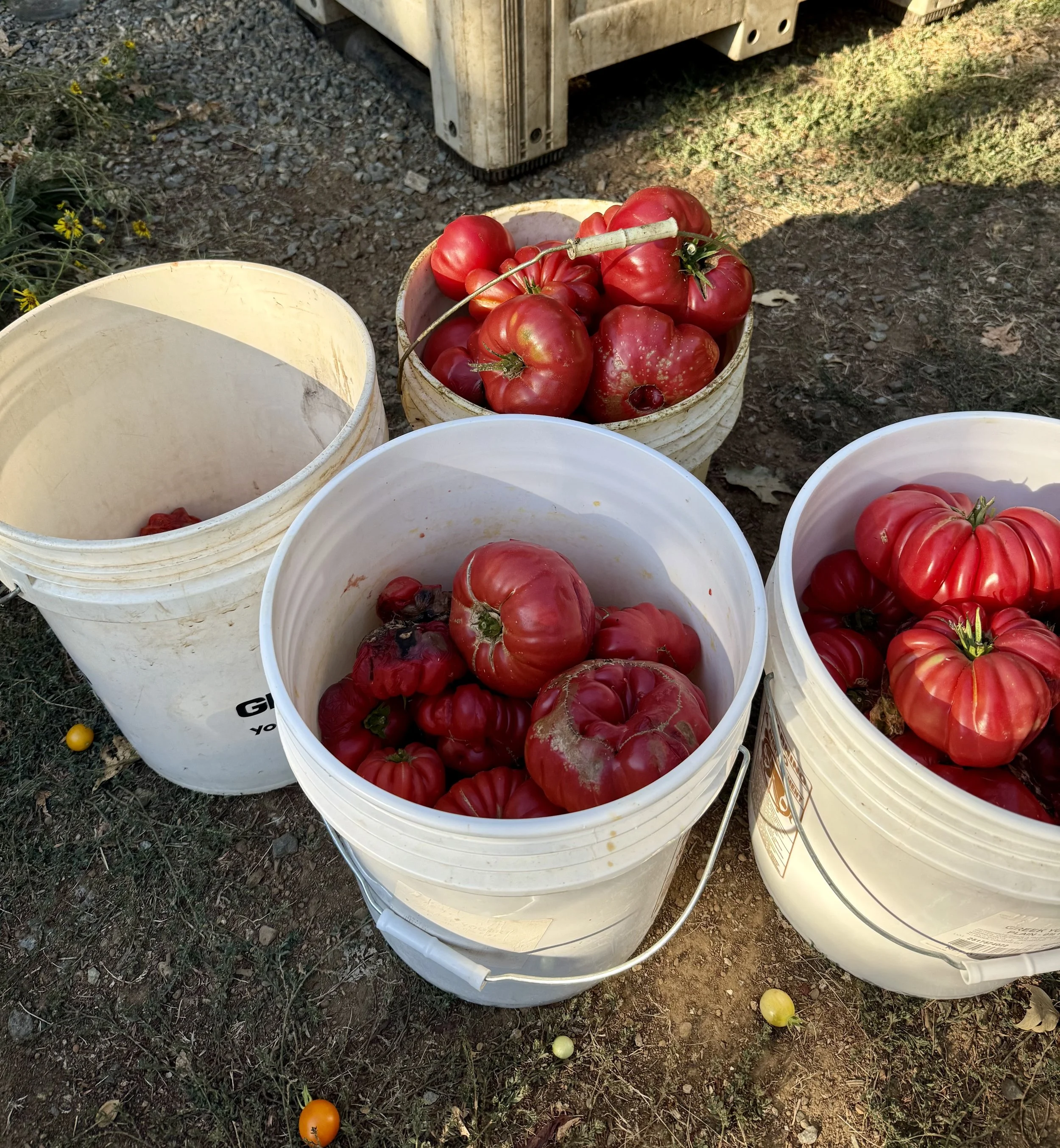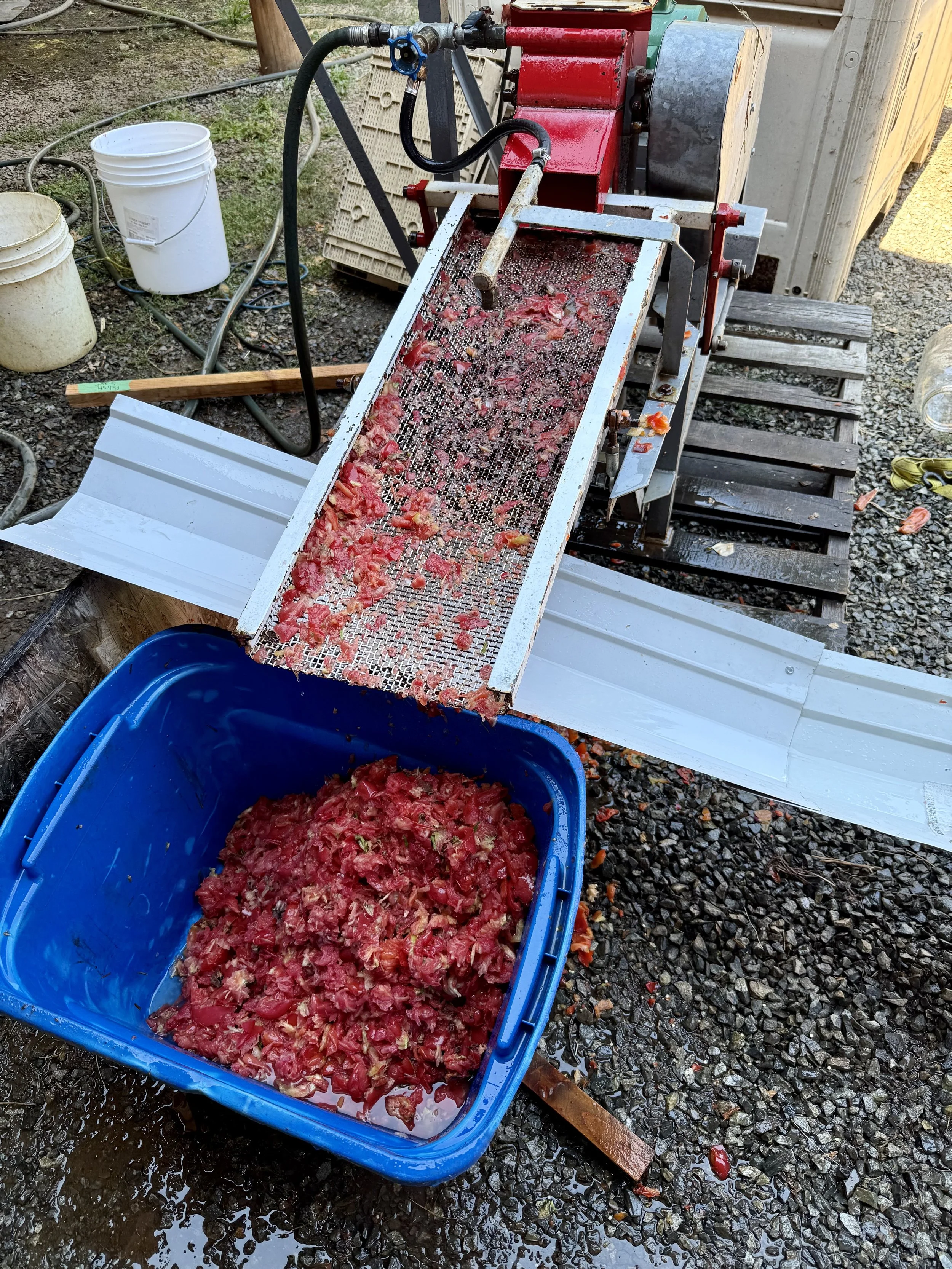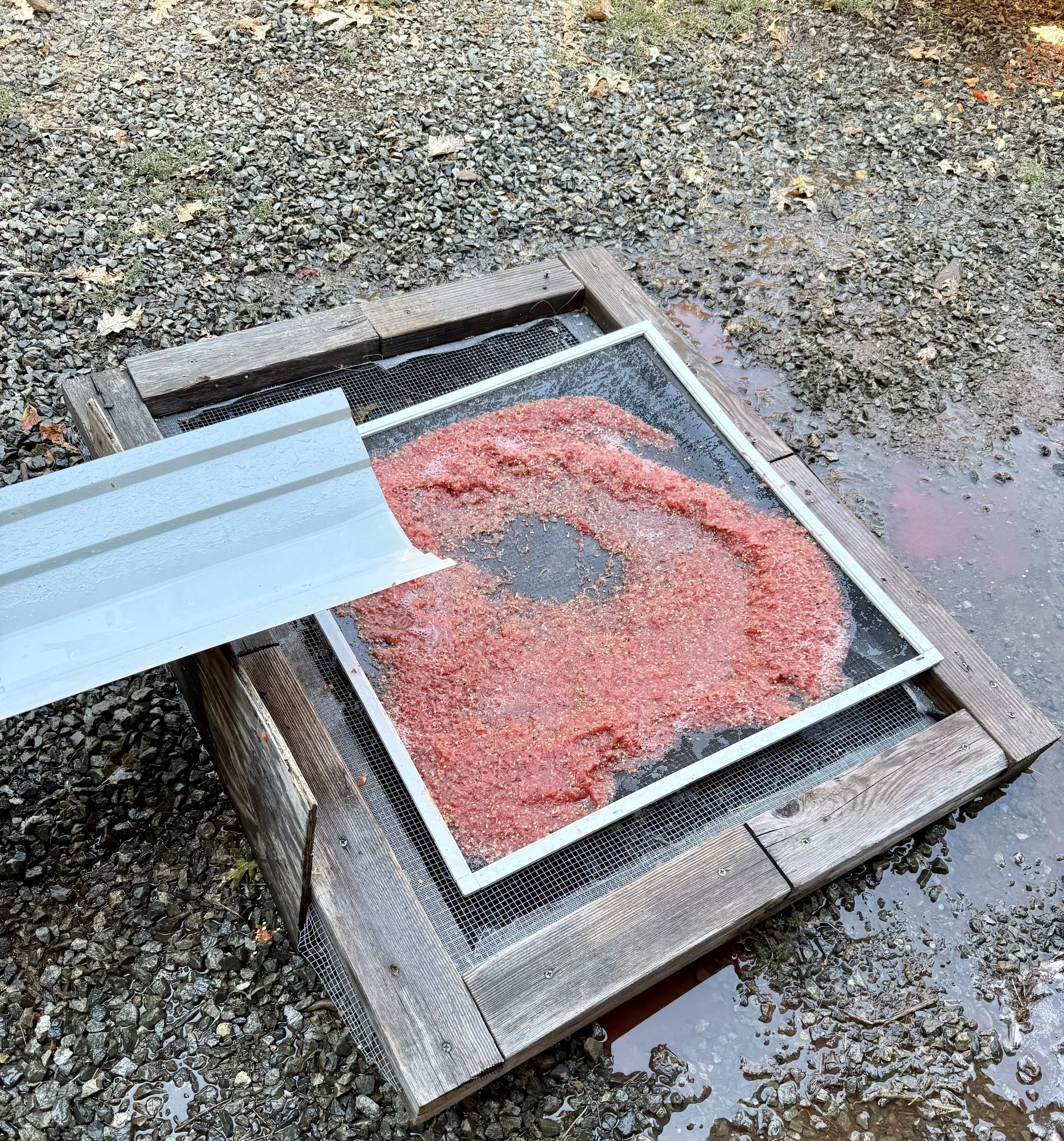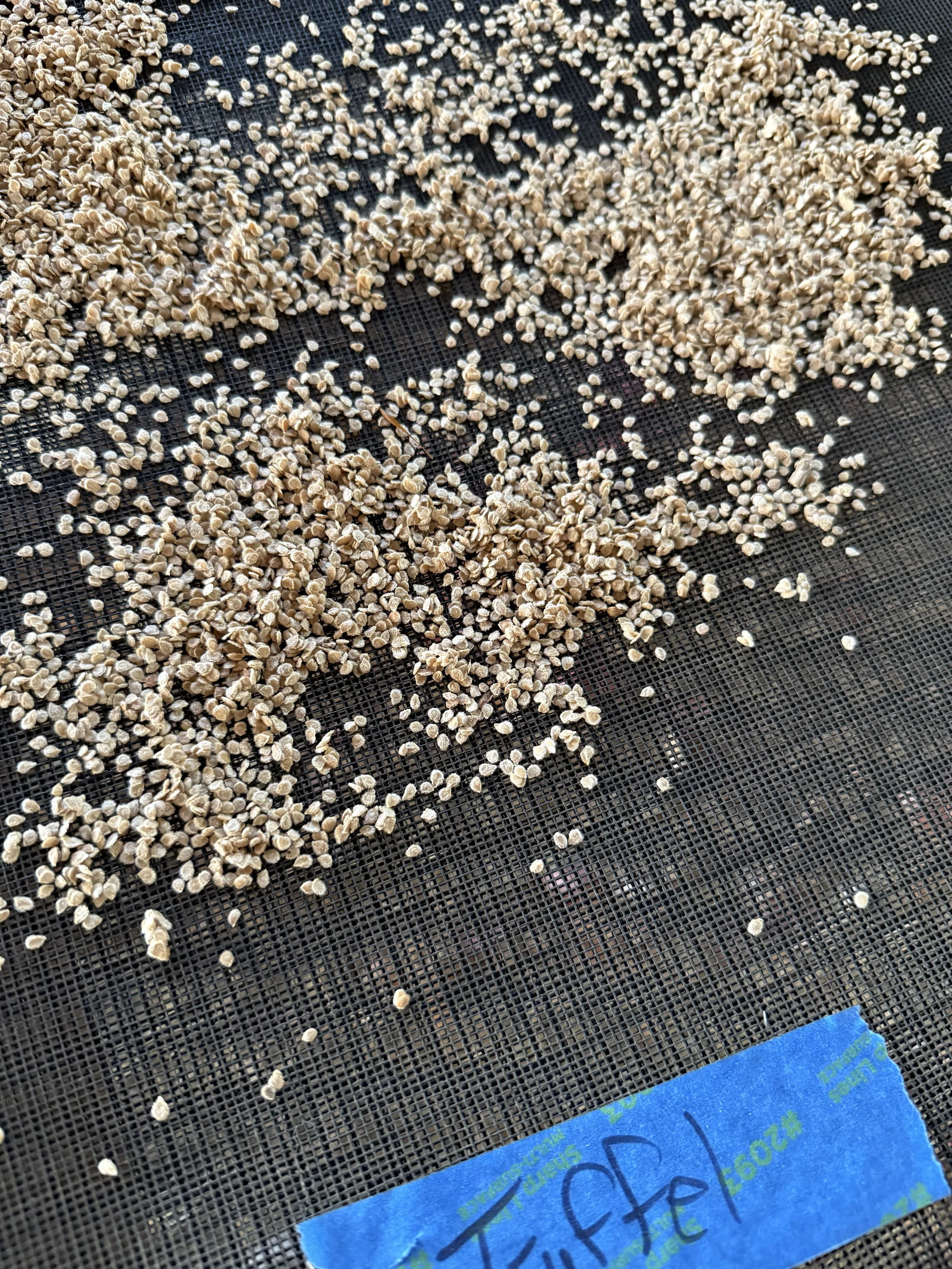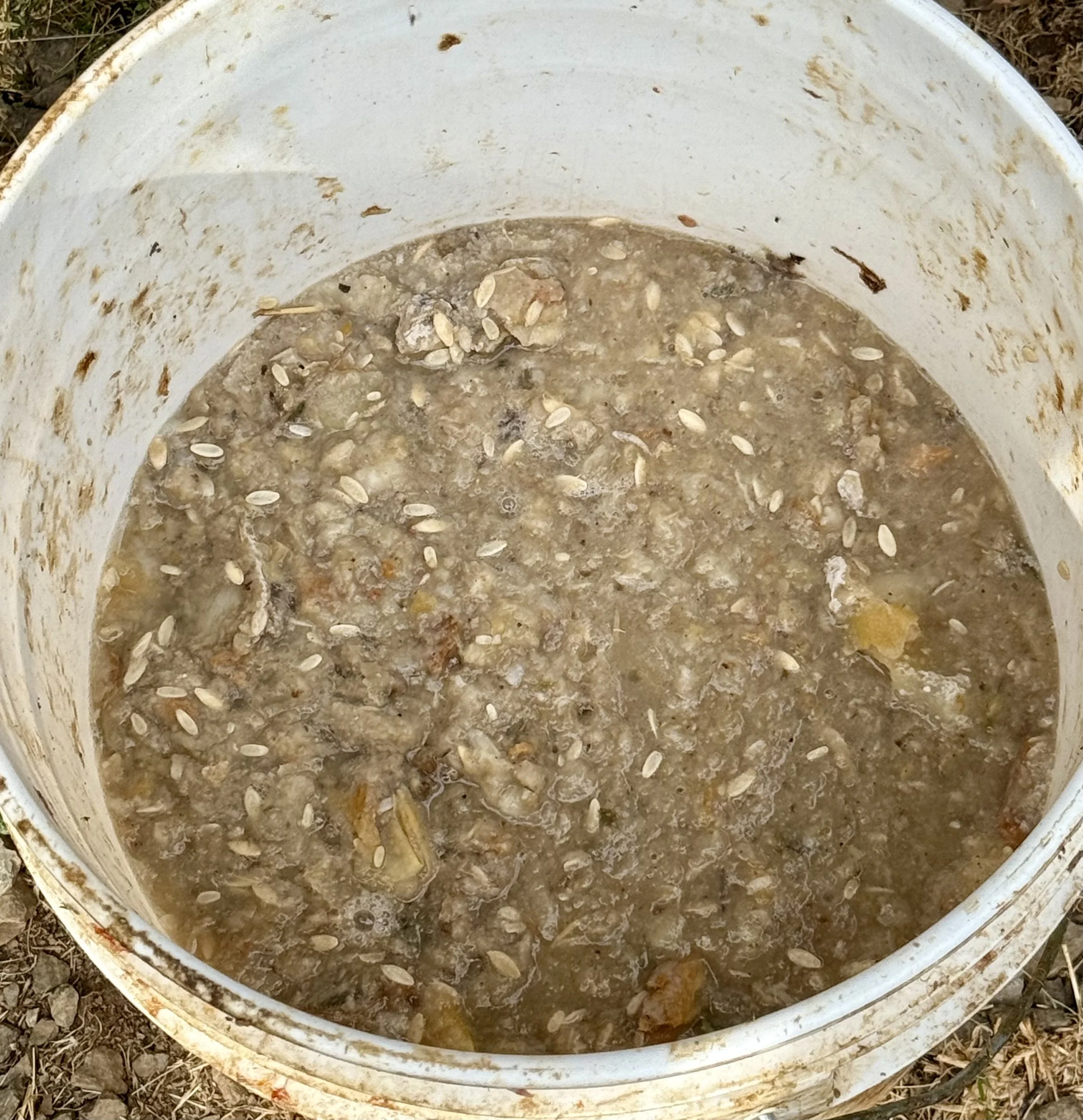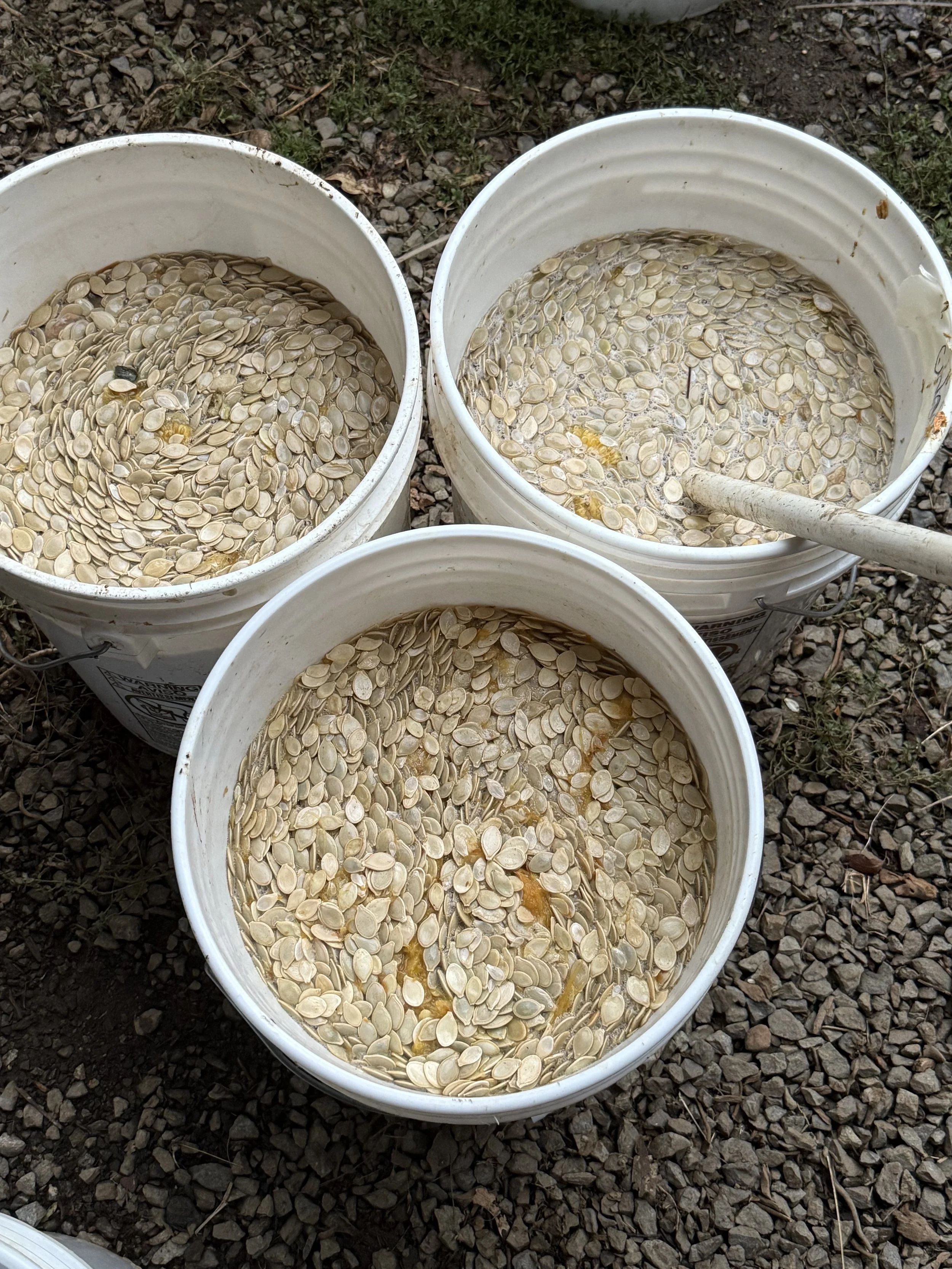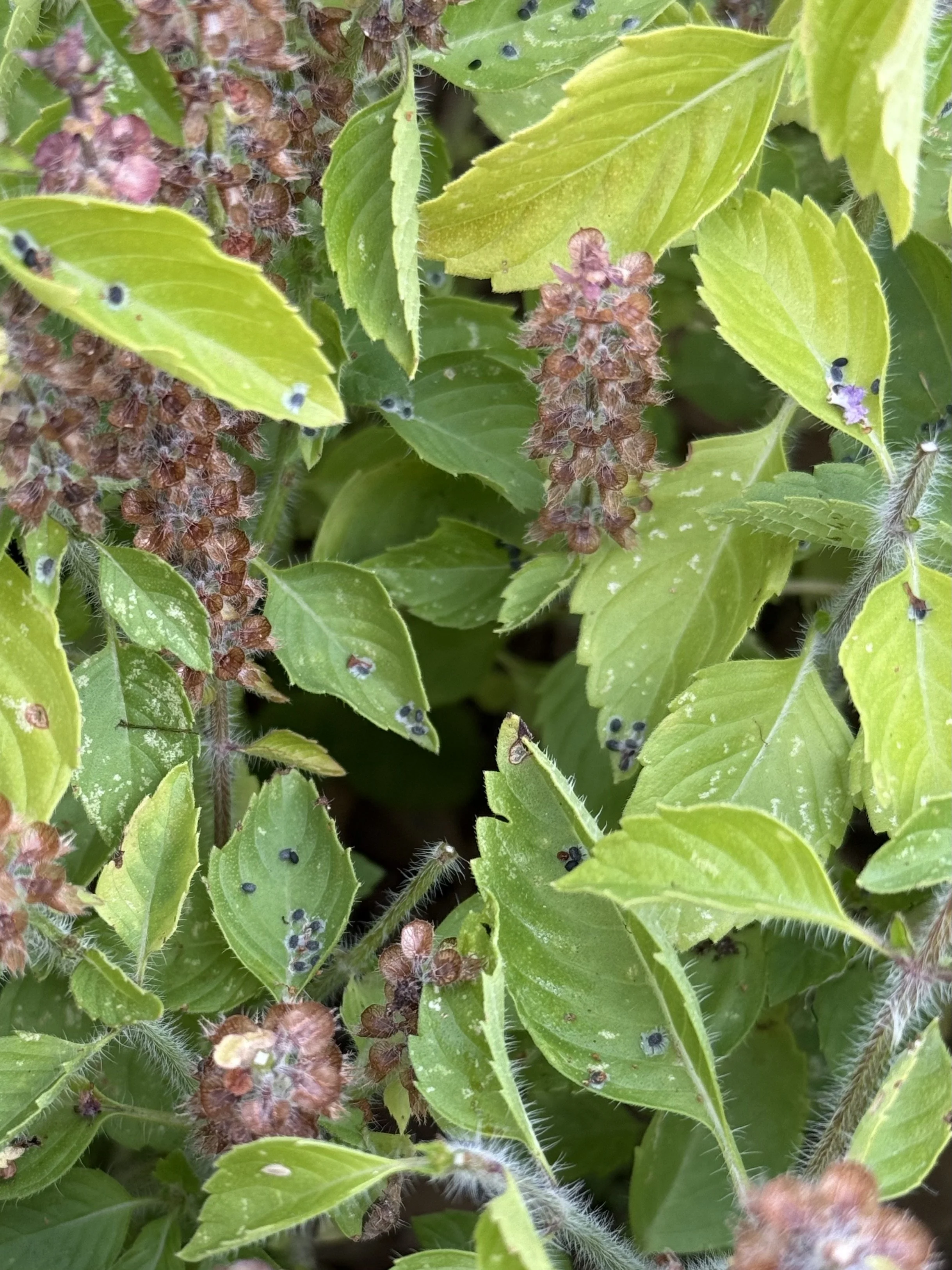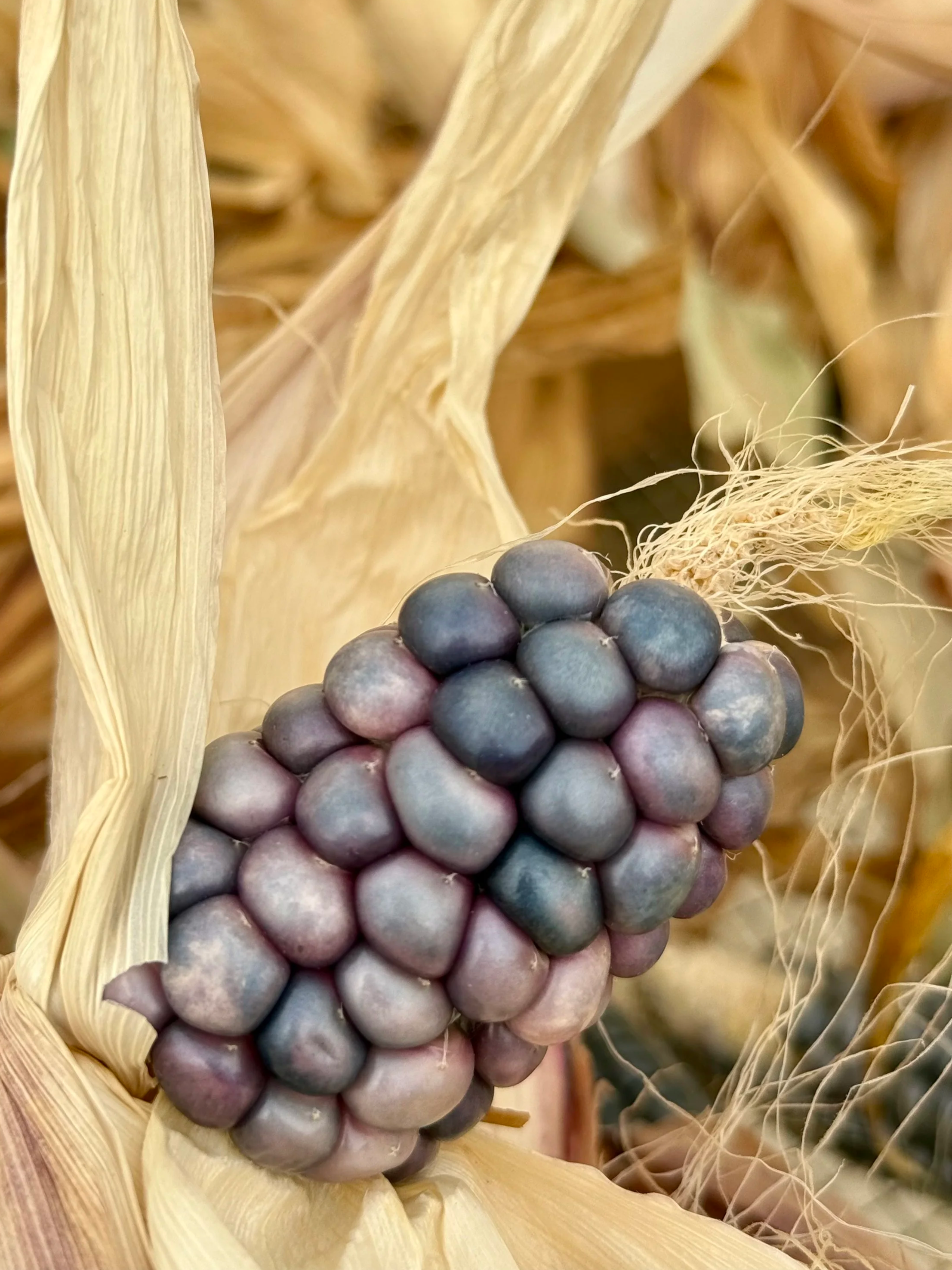Seed Saving in Southern Oregon
By 2030, the USA is expected to see the organic seed market hit $2 billion.
Have you ever thought about where your seeds come from?
Or, if you’re not buying seeds, where did the starters from the nursery come from?
In the Summer of 2025, I lived on a small organic farm in Oregon. The farm grows Ayurvedic herbs for a large herbal product company, produce and flowers for seed companies, and native flowers for restoration projects. It was a magical place to spend 10 weeks- quiet, abundant, and naturally beautiful. Acres of medicinal ‘weeds’ mixed in with volunteer tomatillos and seed crops.
The farm was a beautiful place to spend 10 weeks
The Pacific Northwest grows a large portion of America’s crops for seed saving. The weather is favorable for many crops- long growing seasons are needed for large crop yields, and the area I visited has bans or restrictions on GMOs. This is important because GMO crops can transfer seeds and chemicals through wind and water, which would ruin an organic farmer’s crop. As of 2023, cultivation of GMO crops is banned in a handful of cities or counties in the states of California, Colorado, Maine, Oregon, and Washington (see note below on my take on GMOs).
Seed saving is important because it preserves genetic diversity, increases food security, and allows you to be self-sufficient. If you find crops that do well in your climate and soil, it’s easier and more efficient to plant and harvest them each year. The more you can grow in your garden, the less you rely on the grocery store!
To get seeds, fruits, vegetables, and flowers have to come to full maturation. For us on the farm, this means we’re picking the biggest cucumbers and zucchini, the most rotten tomatoes and peppers, and the driest flowers and beans.
Removing cucumber seeds
We pick the ripest, most mature cucumbers for the most seed yield. Most cucumbers are over a foot long and are yellowing or even starting to rot. We hand cut a majority of them and scooped the seeds out. This was a messy job.
Beans are one of the easiest crops to learn how to seed save, as it’s obvious when they’re ready to be picked (just the dry ones!), and they’re easier to clean. We’d take our harvest to a solar drying room, lay them out on the ground, and stomp (or dance!) on the beans until the shells were broken open. We’d then clean them up and put them on a screen with holes big enough for the beans. After they were cleaned up, we’d winnow them- an old school process that uses wind or fans to blow away chafe while beans (heavier) fall into a bucket below. Since beans are large and heavy, they’re easier to winnow. It’s quite impressive to see how much debris can be filtered out with just a fan (see my photos below!)We also did this with flower seeds, although small rocks and other seeds can still contaminate the harvest.
I now have much more appreciation for all the seeds I eat- pumpkin, fennel, chia, and flax are among some of my favorite foods, and while they’re getting processed on an industrial level, it’s no small feat!
Our goal was 50 pounds of seeds. We filled this bucket up many times and then had to get creative with hauling it because the cucumbers are so heavy.
Seed saving is something that you can also do at home with some planning and care. While it may be tempting to chop down dying plants in the garden, allowing the plant to finish its lifecycle will give you an abundance of seeds. At the end of the season, allow some flowers or produce to continue ripening on the vine. As long as it doesn’t frost, they’ll keep growing and you’ll be able to harvest them for seeds! Some plants, such as calendula, hollyhocks, tomatoes, and some herbs, may even self-sow, and you won’t have to do any work other than thank the plant for showing up!
Plants I personally worked with summer 2025 for seed saving (some under my personal interest):
Milkweed
Zinnias
Cosmos
Lettuce
Cucumber
Tomatoes
Bell Peppers
Beans
Jalapeños
Anaheims
Ashwagandha
Tulsi
Clary Sage
Hollyhock
Marshmallow
Nigella
Sacred Datura
Side note on GMO’s-
I personally try to avoid GMO food, but living in America it’s next to impossible to avoid it all together. Corn, soy, sugar from sugar beets, and canola are in most processed foods, and much of the GMO food grown is going to feed animals- which I admittedly still eat.
While the ‘organic’ certification is not perfect, I prefer knowing my food is not sprayed with massive amounts of pesticides and herbicides. A lot of people confuse ‘GMO’ with ‘hybrid’. They are two very different things and I encourage further research on seeds to know the difference.
Monsanto, the producers of GMO' foods were also responsible for creating Agent Orange, an herbicide used in the Vietnam War, that likely contributed to my grandfather’s pancreatic cancer and early death.
So, I choose organic, non-gmo, or local food whenever possible and avoid processed foods. Some foods will say ‘bioengineered’ and that indicates that it contains GMO crop. I’d rather fast until I can find some real food if that was my only option!
Thank you to all of my teachers in Williams, Oregon- particularly Tommy and Mika who taught me about seed saving- and Banyan Farm for hosting me in the Living Ayurveda Internship. I will carry these teachings as seeds throughout my life to infinitely harvest.
Visit my Instagram to learn more about my time on the farm.
